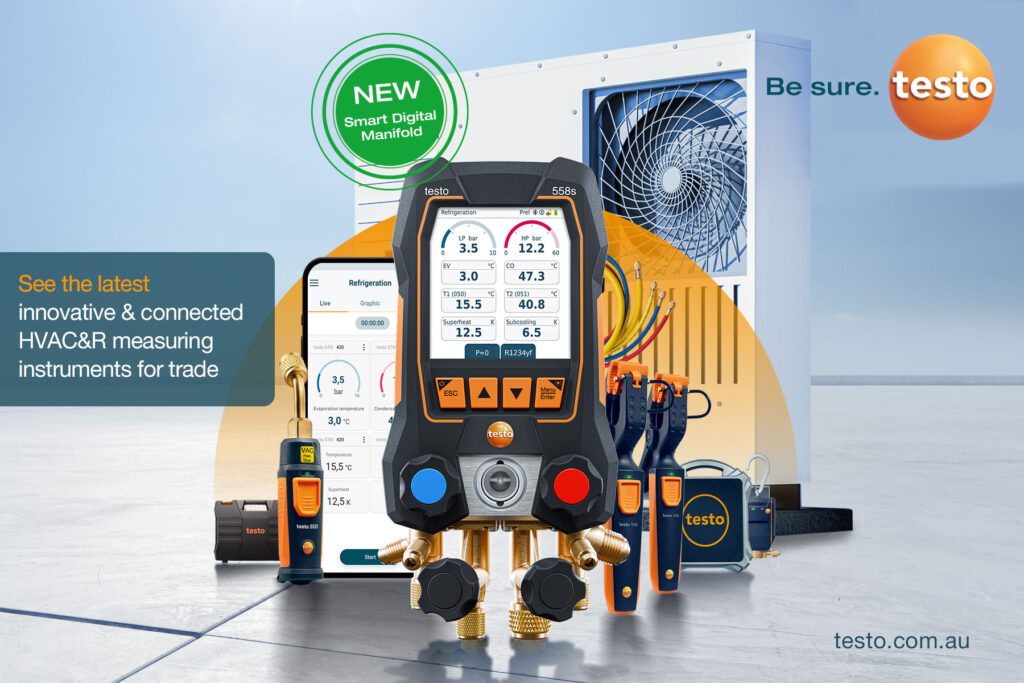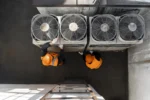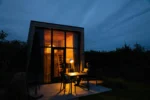Practical path to net zero
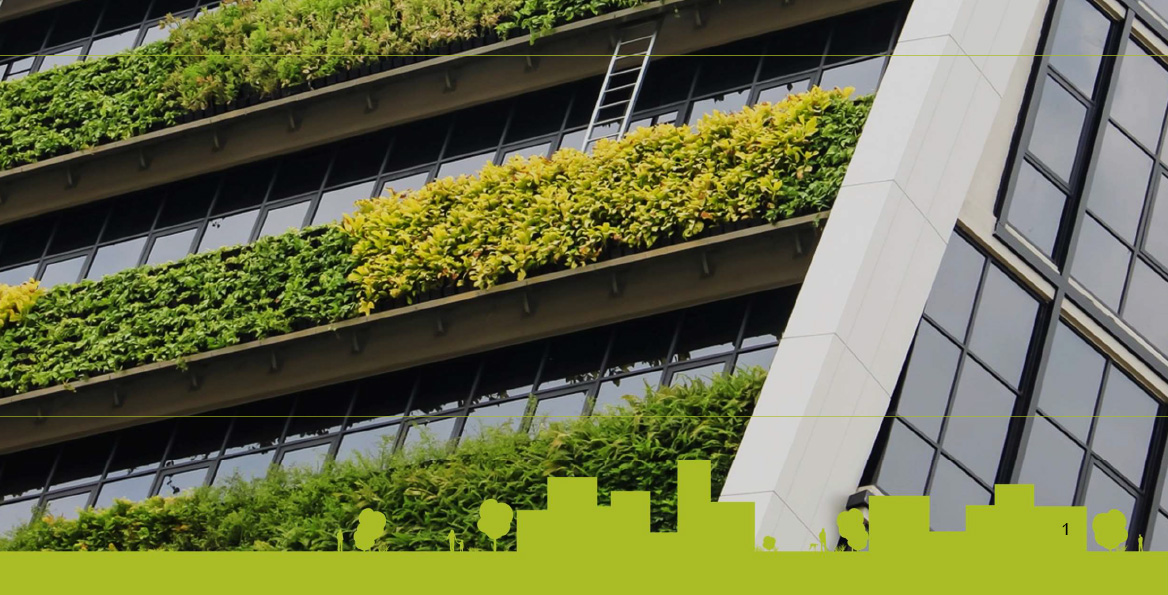
ASBEC says the built environment has a pivotal role to help the nation reduce emissions.
A new policy platform from peak body ASBEC highlights five ways the built environment can help Australia transition to a net zero future.
Released in the lead-up to COP26, the paper recommends five practical policies across residential, commercial and public buildings that the federal government should implement to drive emissions reduction.
“Buildings account for over 50 per cent of electricity use in Australia and almost a quarter of its emissions,” says ASBEC. “The built environment presents some of the lowest cost – and largely untapped – emissions-reduction opportunities.
“ASBEC urges the federal government to seize the unique opportunity the built environment offers to dramatically reduce carbon emissions in highly cost-effective ways that will also stimulate the economy.”
The five policies put forward in the position paper are:
- Deliver a net-zero-carbon-ready building code and pathways to decarbonise building operations
- Give households the energy performance information they need to achieve healthy, affordable, comfortable homes
- Demonstrate government leadership through high-performing government buildings
- Position Australia as a global leader in high-performance building products and technologies
- Provide economic stimulus by incentivising building upgrades
“Seize the unique opportunity the built environment offers to dramatically reduce carbon emissions.”
“ASBEC and its members call upon the Australian government to adopt these practical recommendations,” says the paper. “We look forward to working collaboratively with all spheres of government, towards facilitating the transition of Australia’s building sector towards an economy for the future. This will be critical in improving and sustaining the future liveability, productivity and sustainability of our communities and cities and pave the way for Australia to make a meaningful and successful contribution to COP26 discussions.”
AIRAH is a foundation member of ASBEC
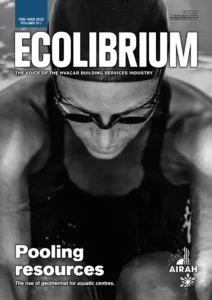
This article appears in Ecolibrium’s February-March 2022 edition
View the archive of previous editions
